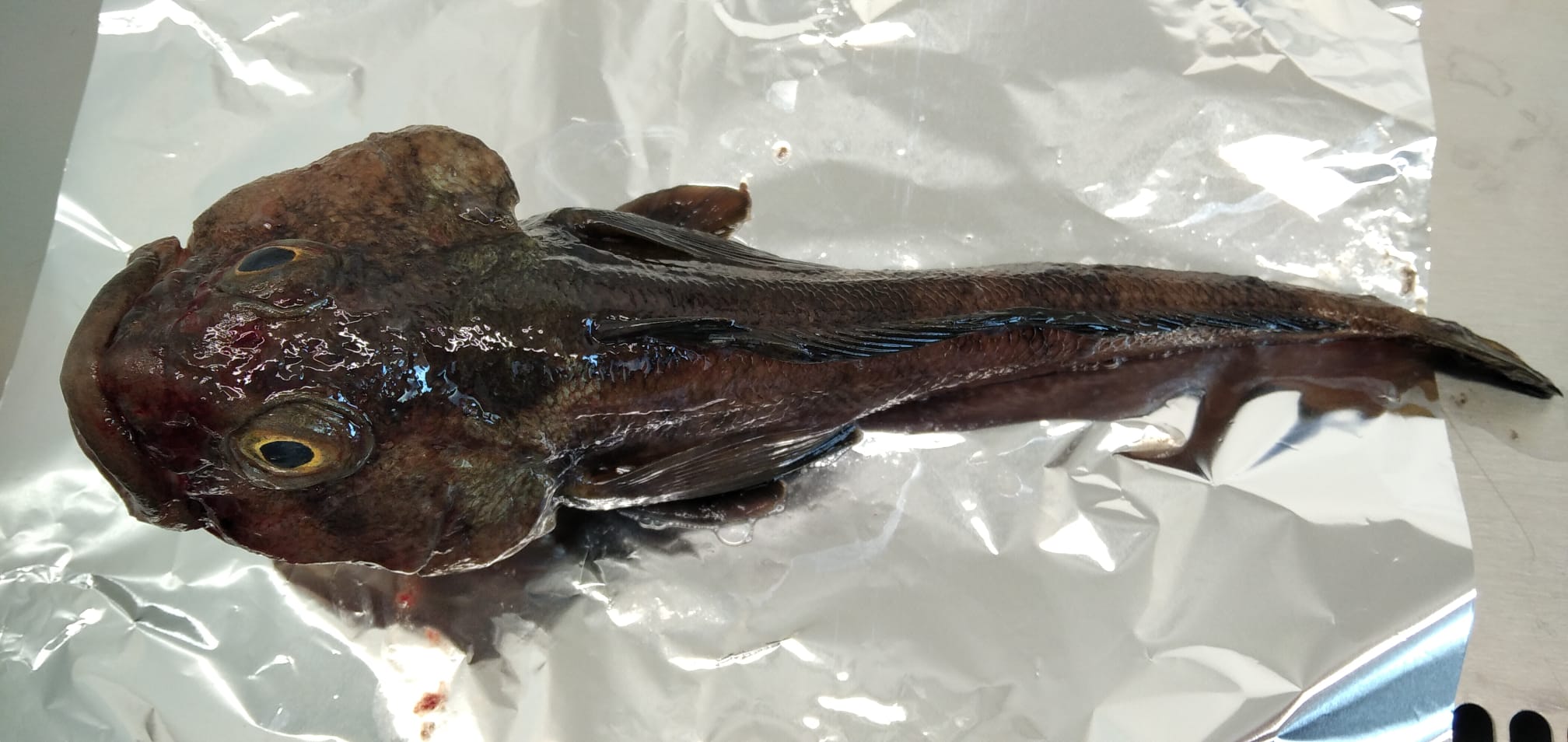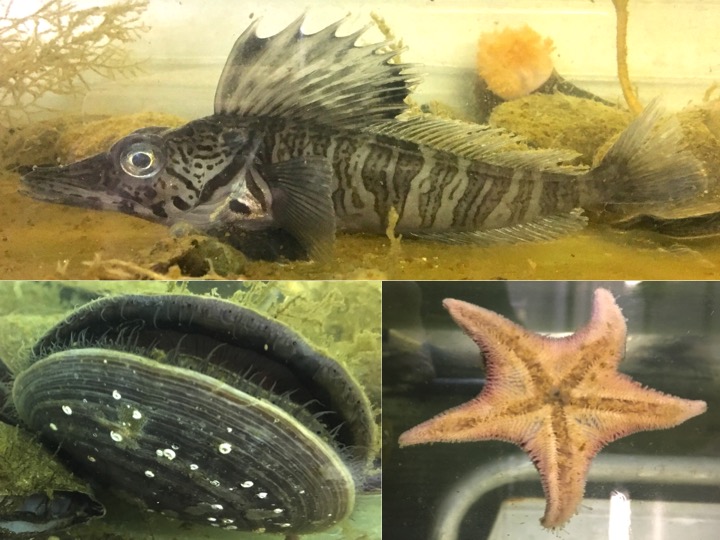1
Type of resources
Available actions
Topics
INSPIRE themes
Keywords
Contact for the resource
Provided by
Years
Formats
Representation types
Update frequencies
status
Scale
-

The datataset includes sound pressure levels acquired in the Ross Sea during project AMORS
-
Calibrated (in unit of solar disk brightness) measurements of the sky brightness at DOME C as obtained by the ESCAPE experiment during the campaign 2019-2020
-
Terra Nova Bay (Ross Sea, Antarctica), characterized by a moltitude of ice tongues flowing from land to sea, represents an ideal study site for understanding the complex interaction between relative sea level variations and ice sheet dynamics during the Holocene. The DISGELI project, thanks to the combination of innovative technology and traditional methods for geomorphologic and stratigraphic analysis, aims to: i) reconstruct the local variations of the East Antarctic Ice Sheet after the Last Glacial Maximum; ii) provide a time constrain for the deglaciation processes along the coast; iii) reconstruct, with unprecedent detail, the relative sea level variations during Holocene in the Drygalski basin. The morpho-bathymetric and topographic data obtained through this study will be integrated using digital terrain models based on the analyses of key areas onland, where palaeo-coastlines and sea-level markers have been identified.
-

Anthropogenic microparticles (AMs) were found for the first time in specimens of Trematomus bernacchii collected in 1998 in the Ross Sea (Antarctica) and stored in the Antarctic Environmental Specimen Bank. Most of the identified AMs were fibers of natural and synthetic origin. The natural AMs were cellulosic, the synthetic ones were polyester, polypropylene, polypropylene/polyester, and cellulose acetate. The presence of dyes in the natural AMs indicates their anthropogenic origin. Five industrial dyes were identified by Raman spectroscopy with Indigo occurring in most of them (55%). Our research not only adds further data to the ongoing knowledge of pollution levels in the Antarctic ecosystem, it provides an interesting snapshot of the past, highlighting that microplastics and anthropogenic fiber pollution had already entered the Antarctic marine food web at the end of the ‘90 s. These findings therefore establish the foundations for understand the changes in marine litter pollution over time.
-

Trophic interactions underlie coexistence mechanisms between species and affect biodiversity and heavy metal bioaccumulation processes. Sea ice dynamics, which at Terra Nova Bay is characterized by an extraordinary seasonality, drives interspecific interactions. Indeed, the activation of the primary production after sea-ice break up opens alternative trophic pathways for consumers. By means of C and N stable isotope analyses, the present project aims at (i) determining food web structure at Terra Nova Bay at different bathymetries and in opposite sea-ice cover conditions; (ii) evaluating heavy metal bioaccumulation in species along food chains, including fish of commercial interests, both in the presence and absence of photosynthetic primary producers. The hypothesis to be tested is if the activation of primary producers following sea-ice break up significantly modifies the food web structure and stability against species loss, as well as heavy metals concentration along food chains. Data on Antarctic food webs are scarce, and even scarcer is our knowledge on mechanisms of primary and secondary biodiversity loss and biomagnification processes in invertebrates and fish. The present research project will shed light on mechanisms underlying biodiversity maintenance in the Antarctic ecosystem and on risks for human health related to heavy metals accumulation in fish species currently or potentially exploited commercially, also in light of expected changes in the extension of sea ice cover. A valuable reference baseline will be established for future studies at the Italian Antarctic Station and for the Marine Protected Area in the Ross Sea.
-

Antarctic aquatic eukaryotic biodiversity provides an unlimited and largely unexploited source of bioactive molecules that may be utilized for the benefit of human health. The aim of our proposal is to probe antibiotic and anticancer properties of these molecules isolated from a selected panel of freshwater and marine eukaryote species, that can be sampled in the area of MZS with no impact on local biodiversity and can, in large measure, be cultivated and/or maintained in laboratory for long periods at very reduced costs. The sampling of species will be conducted on Protists (ciliates and dinoflagellates), Rotifera (bdelloids), obtaining sponge primmorphs, collecting fish body surface mucus, sequencing transcriptomes from Protists, Rotifers, Echinoderms, and Tunicates to be scanned for genes expressing antimicrobial peptides and enzymesproducing bioactive metabolites. The targets of the project are: i) to sample Protists, Rotifers and macroeukaryotes from marine and freshwater environments, ii) to culture Protists, Rotifers, andobtain demosponge primmorph cultures, iii) to sequence transcriptomes to be added to transcriptomes already obtained by the proposing groupand to identify putative candidate peptides, iv) to obtain purified biochemical fractions from Protists, Rotifers, primmorph and fish surface mucus,v) to test produced fractions and synthetic peptides for their in vitro anticancer and antibiotic activities. The proposal involves three research unitsof the Universities of La Tuscia, Trieste and Camerino, and one unit of the National Research Council in Naples. These units maintain solid and documented relationships of collaboration with a multi-year experience in Antarctic eukaryotic physiology, biochemistry and molecular biology.The proposal can also rely on the official collaboration with the laboratories of Prof. Ian Hawes and Prof. Chris Battershill from the University ofWaikato (NZ), with experience in Antarctic freshwater biology and bioactive molecules.
-
Calibrated (in unit of solar disk brightness) measurements of the sky brightness at DOME C as obtained by the ESCAPE experiment during the campaign 2022-2023
-

Pictures of the ice camera and the halo camera positioned at Concordia Station (Dome C, Antarctica). Data are available on the INO-CNR server on request to Dr. Massimo Del Guasta. The main objective of the FIRCLOUDS project is a complete spectral characterization of cirrus and mixed phase clouds in order to evaluate the radiative models in the FIR regime, where the clouds effect is very strong, and systematic spectral measurements are scarcely available. The ice and halo imager cameras enable an assessment of the cloud ice crystals micro-physics.
-
Terra Nova Bay (Ross Sea, Antarctica), characterized by a moltitude of ice tongues flowing from land to sea, represents an ideal study site for understanding the complex interaction between relative sea level variations and ice sheet dynamics during the Holocene. The DISGELI project, thanks to the combination of innovative technology and traditional methods for geomorphologic and stratigraphic analysis, aims to: i) reconstruct the local variations of the East Antarctic Ice Sheet after the Last Glacial Maximum; ii) provide a time constrain for the deglaciation processes along the coast; iii) reconstruct, with unprecedent detail, the relative sea level variations during Holocene in the Drygalski basin. The morpho-bathymetric and topographic data obtained through this study will be integrated using digital terrain models based on the analyses of key areas onland, where palaeo-coastlines and sea-level markers have been identified.
-
The larval stages can be considered as the link from plankton to benthos. In order to study larval recruitment from zoobenthos, 40 tiles were placed at each of the four sites outlined in the project: Tethys Bay (control), Rod Bay (area subject to anthropogenic impact), Faraglione (control) and Adelie Cove (area subject to natural impact, linked to the presence of a penguin house). Due to adverse environmental factors all the tiles from Faraglione were lost and from Tethys Bay only half were found. The tiles were analysed with the help of a binocular, which enabled better visualisation of the organisms and, consequently, better identification.